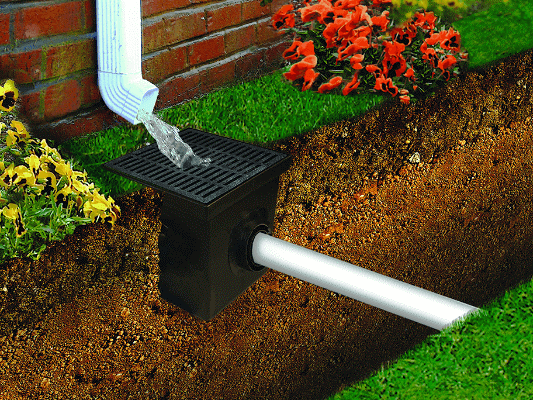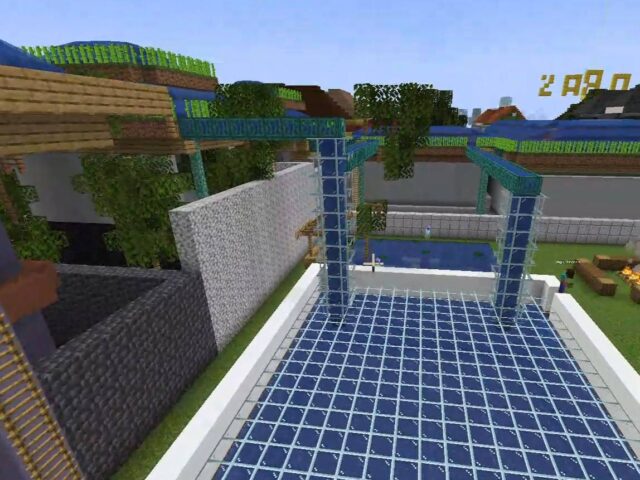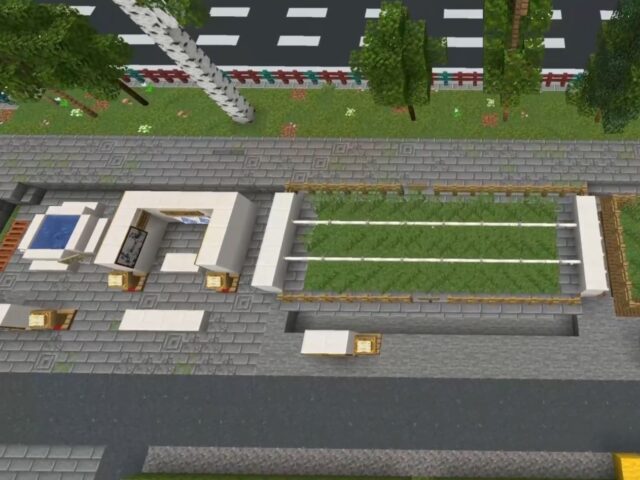Effective drainage management is becoming increasingly critical in urban infrastructure as urbanisation affects landscapes worldwide. Innovative solutions are required to prevent floods, erosion, and pollution caused by rainfall runoff. The use of square catch basins is one approach that is gaining favour. These square-shaped drainage structures offer a modern approach to enhancing water management systems while promoting environmental sustainability.
How Does a Square Catch Basin Work?
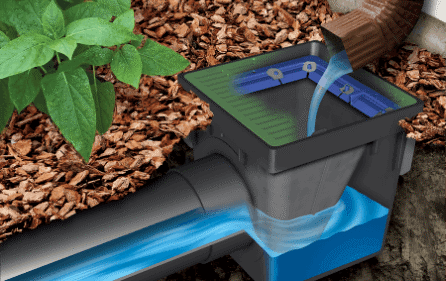
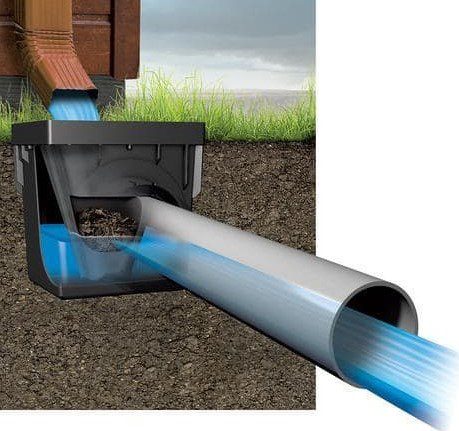
Figure 1. (from left to right) Example of a square catch basin1; Sediment trapped in square catch basin2
A square catch basin, or stormwater catch basin or storm drain, is an infrastructure used to manage and control stormwater runoff in urban areas. It plays a crucial role in preventing flooding by collecting rainwater and directing it away from streets, sidewalks, and other public places.
A square catch basin is a grated or open-box structure usually embedded in the ground at the sides of streets, parking lots, and other paved surfaces. Water flows over these surfaces and towards the catch basin when it rains. This structure has a grate or inlet on its top surface. The grate traps larger debris, such as leaves, trash, and sticks, preventing them from entering the stormwater drainage system and reducing potential clogging3. As water flows into the catch basin, it slows down, allowing some sediment and smaller particles suspended in the water to settle to the bottom. This process helps to reduce the amount of pollutants that enter the drainage system, which can eventually reduce its effectiveness4.
Underneath the grate is an opening connecting the catch basin to an underground network of pipes. The pipes may connect to other catch basins, manholes, or various stormwater management structures that help control the flow and reduce the risk of flooding in low-lying areas. The pipes are sloped to allow gravity to move the water away from the catch basin and towards an appropriate discharge point, such as a river, stream, or retention pond.
Benefits for Drainage Management
- Prevents floods
By collecting and diverting stormwater, the square catch basin helps prevent excess water from pooling on streets and sidewalks, reducing the risk of flooding during heavy rainfall. - Less Sediment Transport
Square catch basins capture sediment, debris, and pollutants before they reach the drainage system, reducing their impact on downstream water bodies. - Water Quality Improvement
By catching toxins before they enter local waterways, square catch basins are essential in maintaining the quality of urban water sources. - Easier Maintenance
The accessible design of square catch basins simplifies maintenance tasks, making it easier for municipal workers to keep drainage systems functioning optimally.
As cities grow, innovative drainage management technologies are required to balance urban development and environmental conservation. Square catch basins represent a modern method of addressing the issue of rainfall runoff while providing benefits ranging from more significant flood avoidance to improved aesthetics. By implementing these solutions, local governments can ensure a cleaner, safer, and more sustainable urban environment for future generations.
Source:
- https://www.ndspro.com/products/drainage/catch-basins/square-catch-basins.html
- https://www.homedepot.com/p/reviews/NDS-12-in-x-12-in-Mesh-Drainage-Catch-Basin-Filter-1200FFRTL/206582519/1
- https://www.envirodesignproducts.com/en-ca/blogs/news/what-is-a-catch-basin
- https://www.mrrooter.com/greater-syracuse/about-us/blog/2016/june/everything-you-need-to-know-about-catch-basins/
- Thumbnail: https://images.app.goo.gl/vi1UBxVL7c4ymq3TA

